
The dynamic world of the internet.
We lived the era of digital consumption boom during the covid19 peak 2020-2021.
Brands saw “micro consumption” trends. As we saw everyone – becoming a creator, binging on OTT, preparing recipes online, creating and connecting.
It all started on 12th May,2020 when PM Modi addressed the nation and as a part of his speech said this” “we know in this time of crisis we have been saved by the local. Local Markets, local manufacturing, local supply chain. Local is not a need but a responsibility.” Subsequently he has spoken about power of local on as many platforms as he could.
Since then there has been a raging debate in India about local companies. The self-appointed spiritual guru of India, Baba Ramdev went to the extent of saying “don’t just avoid global brands, hate the global brands.”
May be the PM’s statement came out from the frustration that India is facing in form of the Covid-19 pandemic, or maybe it was a very carefully crafted statement to give the Indian Industry the boost it needed. In either case it has created huge division within the country. This has led to greater anger against China and brands with Chinese origin, and lesser against any other global brand.
There are two issues at play here, and both have had a role to play in the push for local. First is the economy, and frankly the second is economy too.
Indian economy had slowed down to an almost crawling pace last year, and was showing no signs of an upward growth trend. India had seen GDP growth upwards of 7% from 2002 to 2008. 2008 was the year of the global slowdown and Indian economy had crawled to a halt growing at a miniscule 3%. India hasn’t recovered since 2008 and the demonetization of 2016 reversed the gains India had made since 2010. The pandemic hit the economy when it was really struggling and will push India into degrowth phase. Something that no political system can take as the history may not be kind to them.
The second reason is also economic, or a narrow version of economic structure that exists within the ruling dispensation. The current political party that rules India has in past believed in “Swadeshi” or Local. Swadeshi Janjagran Manch (SJM) was a very influential economic thinktank in early 2000 when BJP was in power and always pushed India First agenda as economic policy. Indian economy belongs to India first and to Multinational companies later has always been the agenda of them, and the same thinking took center stage after the PMs address stating Vocal for Local.
Combine it with the fact that Independent India has had a difficult relationship with trans-national corporations. Over 150 years of British Raj in India has made a whole generation of Indians be vary of the ‘expansionist’ mindset of transnational corporations. There have been many Indian companies, large and small, that have played on this emotion and have built a substantial business for themselves.
It looked like the PMs call for #VocalForLocal couldn’t have been timed better.
The biggest trouble with the local investment and business push is that there are no guidelines. There is no definition of what is local? Will a brand like Apple that assembles its phones in India be called local? Or Suzuki, which is India’s biggest car maker be deemed not local despite extensive investment in India? How will we treat Tata Motors or Mahindra who own brands abroad?
Thus even bigger question: India’s growth has been fueled by the opening the country to global players and inviting Foreign Direct Investment. Just last year India attracted USD 50Bn in FDI, though we can argue that for a USD 3 Trillion economy this FDI is really small and may not make a difference. However, we all know that this comparison is really not a fair comparison as the impact of investment is far greater as it spurs local jobs, local economy and local markets.
All things that PM spoke of in his address.
Everyone knows that it takes FDI to make a country vocal for local, despite the message not being so explicit.
While India does seem to have deep rooted cultural issues with trans-national corporates, India was not always this insular. India was very big exporter of its products, produce and people.
In ancient times India was a big trading partner of civilizations as far away as Greece, Rome, Egypt, Arabs, Japan and Java. To increase its trade, India invested in Kingdoms of Siam and Sumatra. Such was the influence of India that we can still see remains of that time in form of temples and folk tales. From Angkor Wat to Stupas in Japan, we know India had influence that was global. India was called “Sone Ki Chiriya” of the Bird with Golden Feathers owing its riches that came by trading for cotton, utensils, metalcraft, spices and perfumes.
It was the wealth of India that made Christopher Columbus set on for a voyage to discover an alternate route for India. To an extent the continent of America owes its discovery to the riches of India.
All this was achieved by a group of rulers, as India wasn’t a sovereign country with a single ruler. The politics of India of those days was very different from the politics of today.
Such was the importance of India that Chinese traveller Xuanzang visited Kanchipuram during Pallava rule. It’s the Pallavas who built the now famous UNESCO world heritage site of Mamallapuram.
It’s the same venue where PM Modi hosted Chinese President Xi Jingping for summit meeting, and this was a moment that was beyond symbolism.
China today is India’s biggest trading partner. 18 of the 23 unicorns in India have significant investment from China. India’s burgeoning mobile handset market is dominated by brands of Chinese origin. From roads to ports, to automobiles to medicines, there isn’t a segment where the Chinese aren’t the dominant partner. China’s exports to India was to the tune of USD 75Billion and India’s exports to China being mere USD 18 Billion.
In contrast India’s trade with US is more tilted towards India. India imports from US stood at USD 33Bn and exports from India to US was at 54 Billion.
Today, when India talks of #VocalForLocal, the country needs to know that we cannot be an isolated island any more. India’s was a global player at the height of its economic prowess, and today when it wants to improve quality of life of millions of poor, it needs to play a bigger role at global stage.
We should not miss the significance of what Jio is doing around the same time when India went vocal for local.
Jio has become the magnet for FDI in India with Facebook investing USD 5.7 Billion in Jio Platforms. Jio has attracted another USD 1.5 Billion from General Atlantic and Abu Dhabi Invest Authority. At the same time, Amazon is looking at picking up minority stake in Airtel.
The real power of local lies when these companies help the foreign brands leverage the opportunity that India provides, and when the Indian companies start to look at life beyond Indian borders.
Let me comeback to what PM said in his address. “Local Markets, local manufacturing, local supply chain. Local is not a need but a responsibility.”
The message is actually more layered that it has been interpreted by the media.
If there is an opportunity called India, then the opportunity cannot be fulfilled by being insulated. India has to compete with the best in the world. Indian industry needs to build products, processes and services that are best of the best. China transitioned from being cheap to cutting edge by learning from best, and creating uniquely Chinese eco system. Vocal for local cannot mean that India will buy products that aren’t world class. India needs to innovate, invent, file for patents and stand up to be counted. Vocal for local should mean that India can do what China has done and what many more countries are doing.
India is an opportunity that can be leveraged by being local. By being present here, by investing in India, by helping India progress. Let’s do this by being world class
The original was published by World Advertising Research Council (WARC) as a part of their coverage on #VocalForLocal. This is exact reproduction of the piece
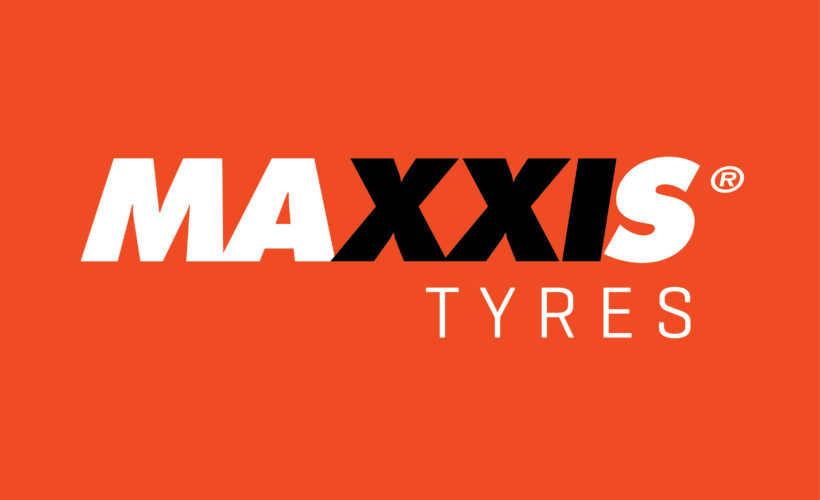
Prime Minister Shri Narendra Modi announced a 21 days lockdown to reduce the spread of COVID-19. Let’s understand why 21 days? and what is the significance of this number?
21 days quarantine value has been interpreted from data from outbreaks in the past and present.
Such a quarantine period has been discussed even in the in the context of Ebola. There is a scientific basis and epidemiological meaning to this number. Its calculations are based on the incubation period of the virus in a human host.
It is the time between the entry of virus to the onset of symptoms. The first 14 days is observed as the incubation period. The next 7 days is added for the residual infection to die out.
Apart from the science behind it, a lock down creates awareness of the situation.
21 DAYS CAN CHANGE LIVES SO STAY IN STAY SAFE.
The pandemic is such a massive issue that whatever brands can do will go a long way in convincing their audience that social distancing will work. Most brands did the most obvious, but for most brands to change their logo is not easy as well.
We thought of doing the same for our client i.e. Maxxis Tyres, though idea was very simple and very well executed in a much simplified way by redesigning its logo, changing letters XXI colour to make it read as Roman 21. That denotes the lockdown tenure in the country, we have also tried to share the message i.e. Stay in Stay safe.
Success Stories:
This idea was a huge success for Maxxis Tyres, got a good traction and media coverage, which has definitely help the brand to increase its awareness and crossed the saturation point.
Maxxis has come up with new logo signifying 21 days lockdown
Visit: Motor World
MAXXIS Shows Support For 21 Day Lockdown With New Logo
Visit: Tyre Plex
Brand logos turn social distancing messengers
Visit: Live Mint
CORONAVIRUS IMPACT: MAXXIS COMES UP WITH REVISED LOGO
Visit: Overdrive
Watch Our Video
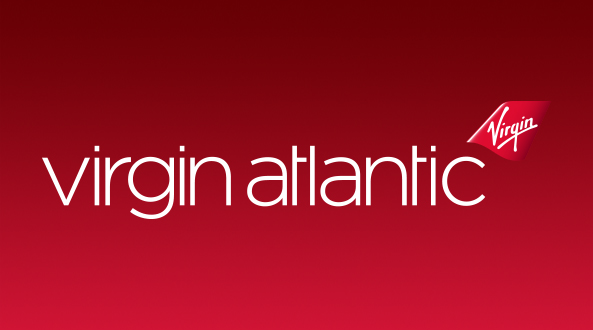
It all started with a tweet, a tweet that had no mention of the brand. Rahul Khanna, a celebrity tweeted on a Saturday evening about heartbreak.
Breaking up sucks. Especially when you've been together for over two decades. 💔😢
— Rahul Khanna (@R_Khanna) February 25, 2017
His heartbreak story than had an update, and this triggered very quick action on a Saturday afternoon. His heartbreak story needed a healing touch.
I gave you my heart but you let me down, then lied & cheated. And that's why we're breaking up. https://t.co/TgyY73EFTm
— Rahul Khanna (@R_Khanna) February 25, 2017
20 years of loyalty with one brand in today’s world is unheard of, and there was a chance for our client Virgin Atlantic to apply the healing touch
Virgin Atlantic moved quickly over the weekend. And this was the outcome
Well played, @VirginAtlantic ❤️!Thank you for the flowers, chocolate & for making me laugh! (The smudge on the letter is from my tears! 😂) pic.twitter.com/xqXhMFu2Ww
— Rahul Khanna (@R_Khanna) March 2, 2017
We did seal the deal with this tweet
Glad we brought a smile to your face after such a painful break up – let's make it official and jet away somewhere soon! ♥
— Virgin Atlantic (@VirginAtlantic) March 2, 2017
From heartbreak to a new love story took just 5 days, and in all this time British Airways did not realize that they were losing a very big fan.
Smart listening from us and quick action from Virgin Atlantic won the day

Guess what a street food brand did for Navratra!
They sent their eggs on vacation.
Every year we have Navratras and every brand/restaurant starts highlighting their vegetarian food.
Some do thalis, some throw discount, some even introduce new dishes.
This year, Bombay Toastee has sent their eggs on vacation.
We designed a campaign to show the journey of the eggs.
Not just the journey, we also focused on their feelings and how they missed being in action.
A series of posts starting from them leaving for Anda’man.
Promoting our brand while we send them on vacation.
Chilling at the beach. Feeling low with time.
Getting home-sick to come back.
Finally coming back.
Let us know how you like it.
Client –
https://www.facebook.com/bombaytoastee
https://www.instagram.com/bombaytoastee
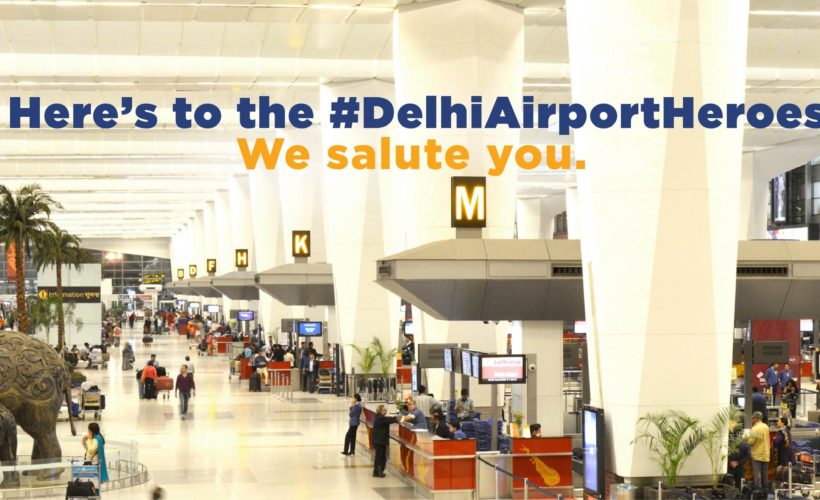
Client - Delhi Airport Planning & Execution - Karan Krishna Pande
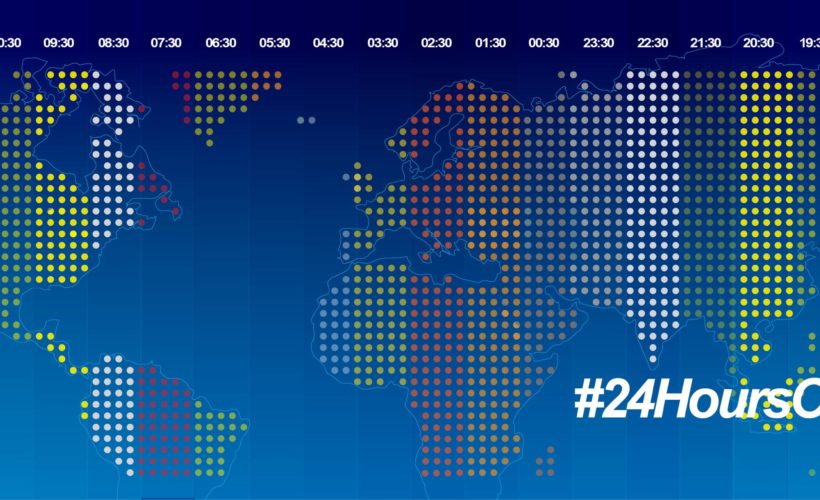
Every New Year, we mostly think of our local time to wish each other, though wishing ‘Happy New Year’ is a global phenomenon.
With one of our clients, we designed a campaign where we did not make anyone feel left out.
This year our idea was to wish the people of the world, just when the New Year dawned in their respective time zone.
Since a trip around the sun consists of 24 hours, we created 24 posts to wish each time zone every hour as the clock struck midnight. Thus the hashtag #24HoursOf2017 was chosen for this campaign.
Posts for #24HoursOf2017
Also, English might be considered the global language, but every country has a different language of its own.
So we chose to acknowledge that diversity as well by wishing the people of different countries in their own language.
Most of the countries we selected were the ones where our client operates.
This unique way of looking at New Year gave the page better engagement and the idea a concrete structure.
Client - Mahindra Comviva Ideation - Karan Krishna Pandé

#PehalEkBadlavKi
Menstrual health in India is driven by myths and misinformation. There is no conversation on this issue and its old mothers tales that dominate the popular conversation. This is what Healthians wanted to change. Bring the entire discourse of Menstrual health in public domain, challenge the norms and not drive the conversation towards any test.
Hence we thought of few areas where women were put under social restrictions and took positive take on that through our visual representation. Considering the restriction that all women have to go through, we tried to break the social taboo by showing two hand welcoming them.
This campaign was a huge success for Healthians, because after releasing this campaign brand search and brand awareness crossed the saturation point and became the talking point for them. The positive word of mouth impacted the overall following for the brand, making mothers reach out and try the service.
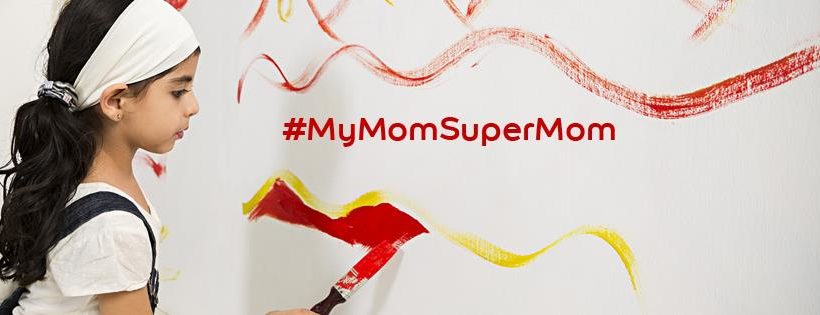
Dulux Superclean is a washable paint. The walls stay as good as new as the walls stay fresh and don’t have a way of telling the story of their endurance. We turned the walls that carry Superclean into a story of love, bonding and nurturance between mother and child.
Our insight was simple, walls are the first canvas of a child. It’s on the wall that the child first expresses what they feel. Mothers find this act both amusing and irritating. With Mothers’ Day around, we connected mother, child and washable paint for a very endearing social campaign. All under the hashtag #MyMomSuperMom
The entire campaign was a participative campaign where we wanted the fans and followers to pay an ode to their moms. The fans went back to either childhood memories or celebrate the love they have for their child in our social pages.
We started the campaign with setting the context. Paint, brush, chalk, pencil, and walls became our theme.
The second part was announcing the participative conversation, and the chance to benefit from shared stories
“Your mother let you enjoy your childhood the way you wanted to. Tag your mother in the comments and tell her #MyMomSuperMom. Also, share with us the most unusual career goals you had as a kid and win exciting prizes!”
The response was overwhelming. We had over 100 heartwarming stories that the fans shared with us.
We extended the campaign to the next stage.
“Every child wants to express their creativity, be it on a canvas or on walls. Share with us a picture of your child’s doodles and win exciting prizes.”
Our fans kept loving the campaign, and we were overwhelmed by the response, like this picture from one of our fan on Facebook.
In the final stage, we asked mothers to let kids doodle on walls. Share an image of your kid’s doodles with us and get a chance to win exciting prizes.
The responses amazed us, we had a bank of user-generated content which we turned into a flip book. The response to the campaign kept us. Like this painting.
The campaign generated tremendous response. We had a cumulative reach of over 250,000 fans and followers. We generated a total impression of 500,000. over 19,000 engaged fans. The campaign won many awards. It was showcased internally at Dulux as the best case for using digital platforms.
#MyMomSuperMom is not about a brand of paint, it’s about how social media built traction for a brand.

When a movie reaches 1000 weeks of uninterrupted screening it has to be the most special movie.
When the movie is owned by the studio that also owns the iconic fashion brand, it is a matter of greater celebration.
So we turned the love of people for the movie into a pop quiz.
So how well do you know DDLJ?
Give it a go. Tweet us the answers @banginthemiddleif you know them all
The quiz ended with a special screening of DDLJ for completing a staggering 1000 weeks
Know all the answers? We bet you do.

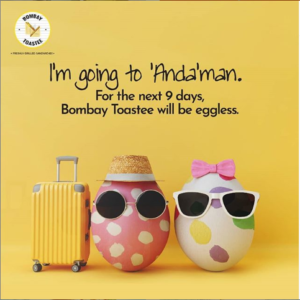
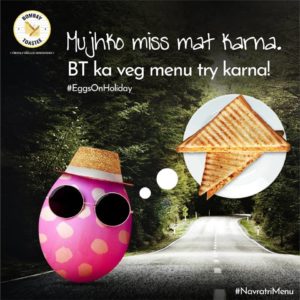


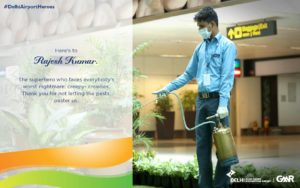
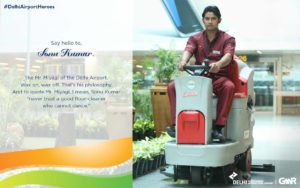
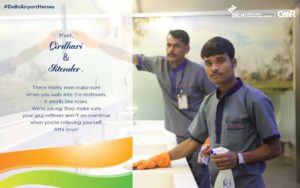
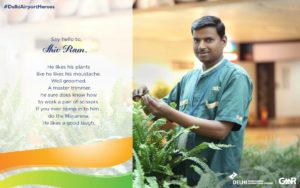


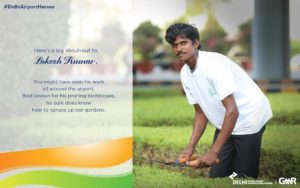
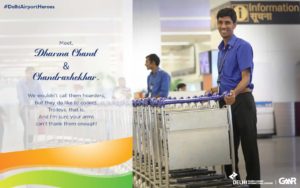






















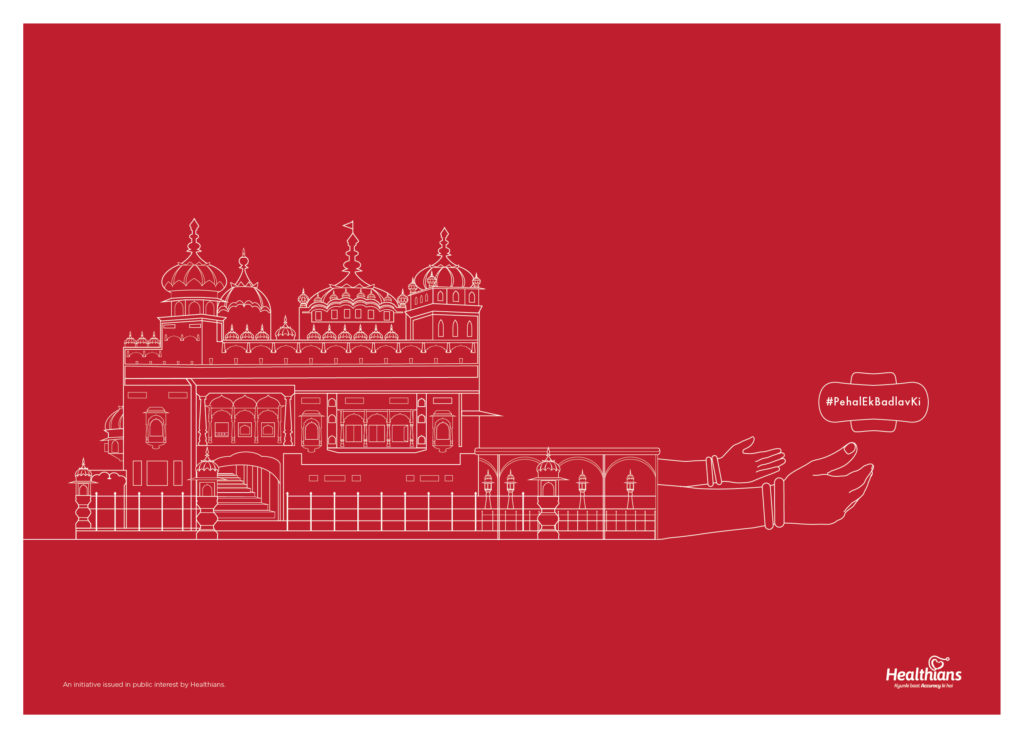




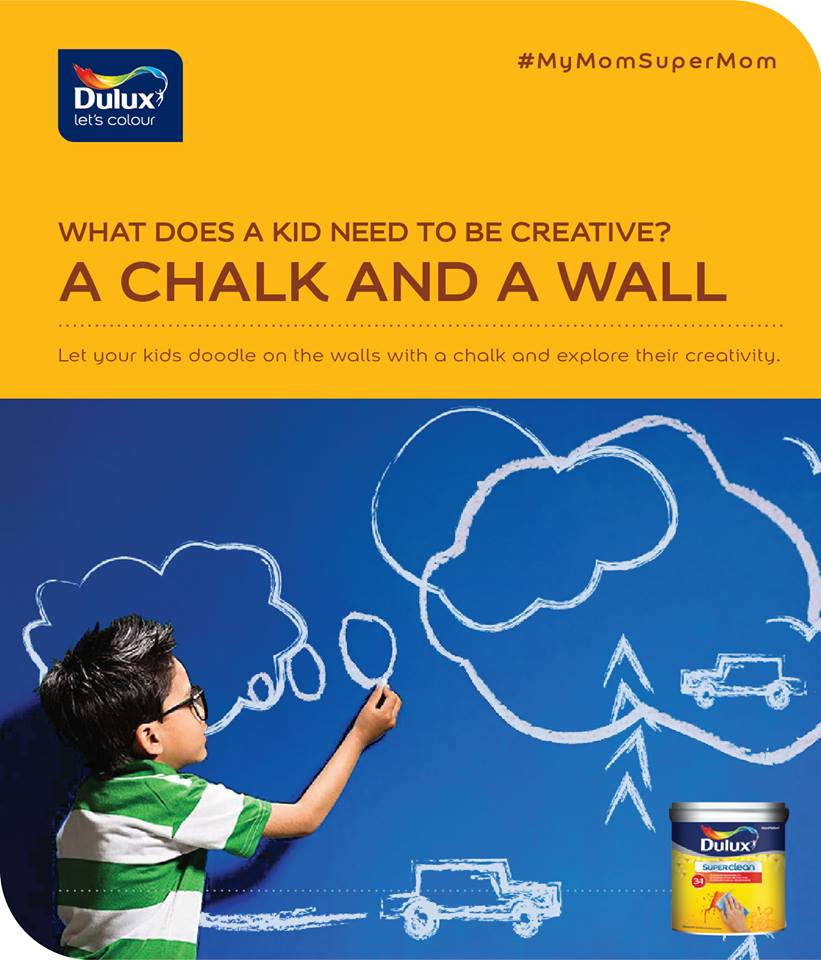


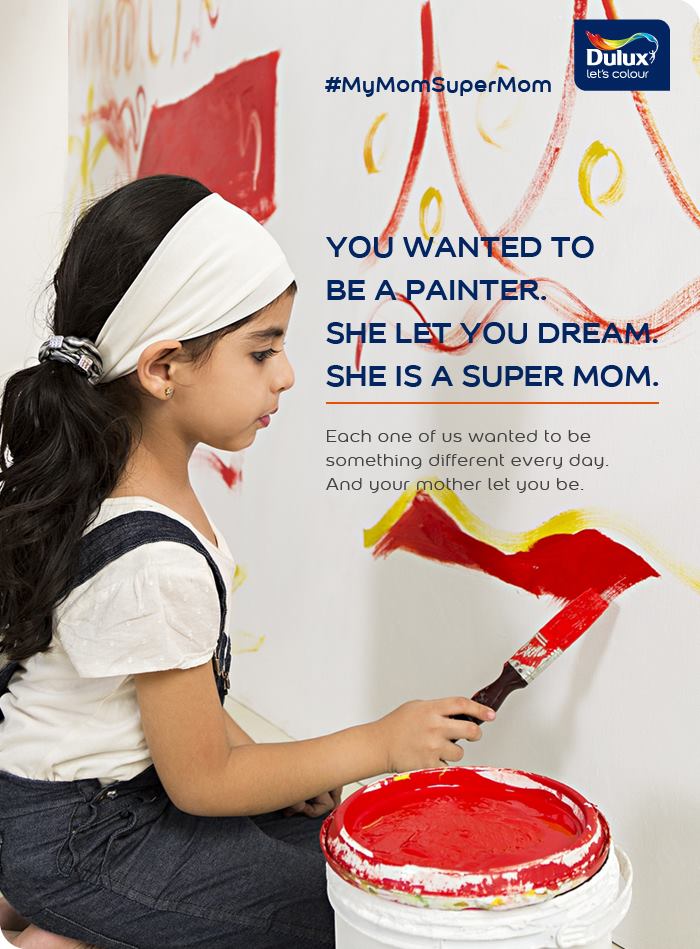
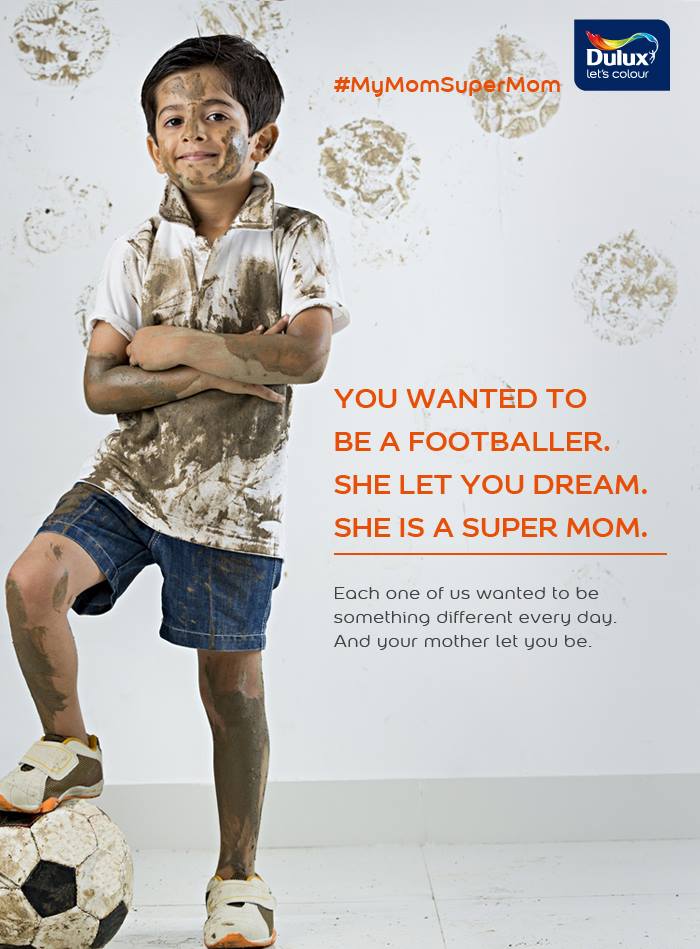
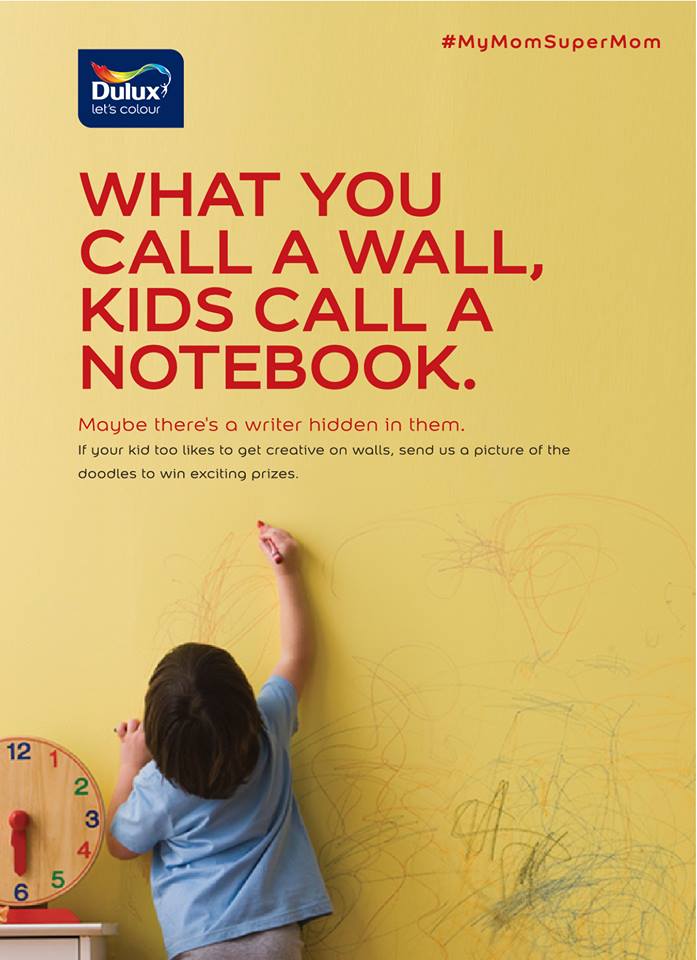

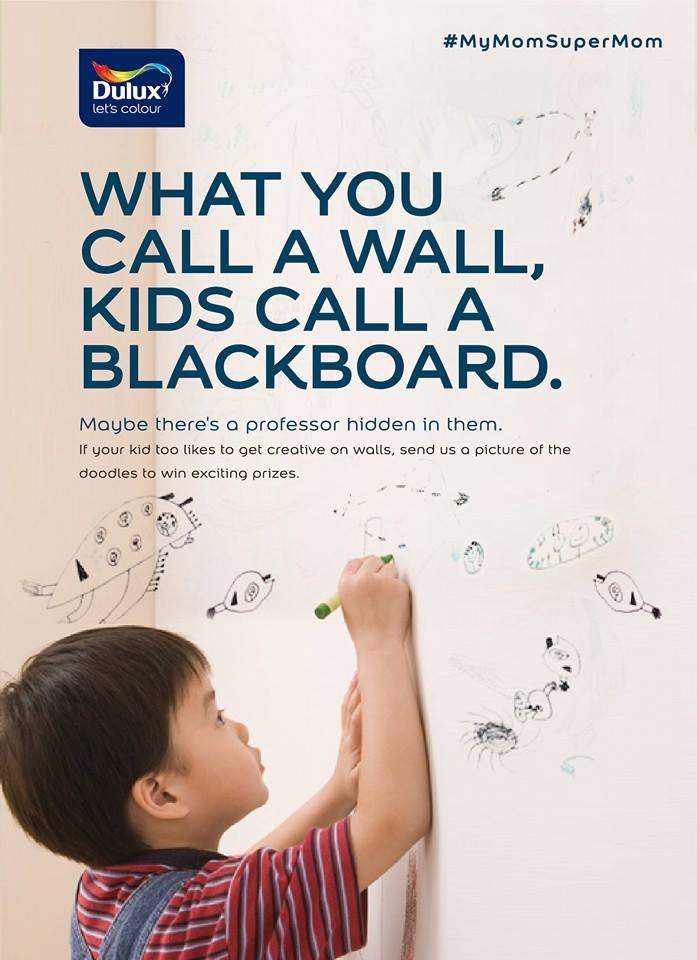

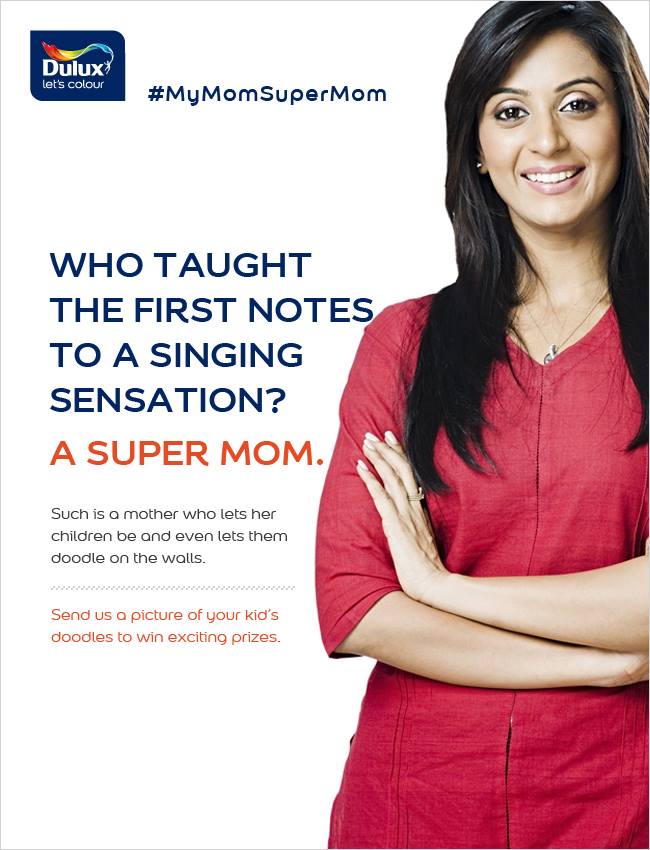







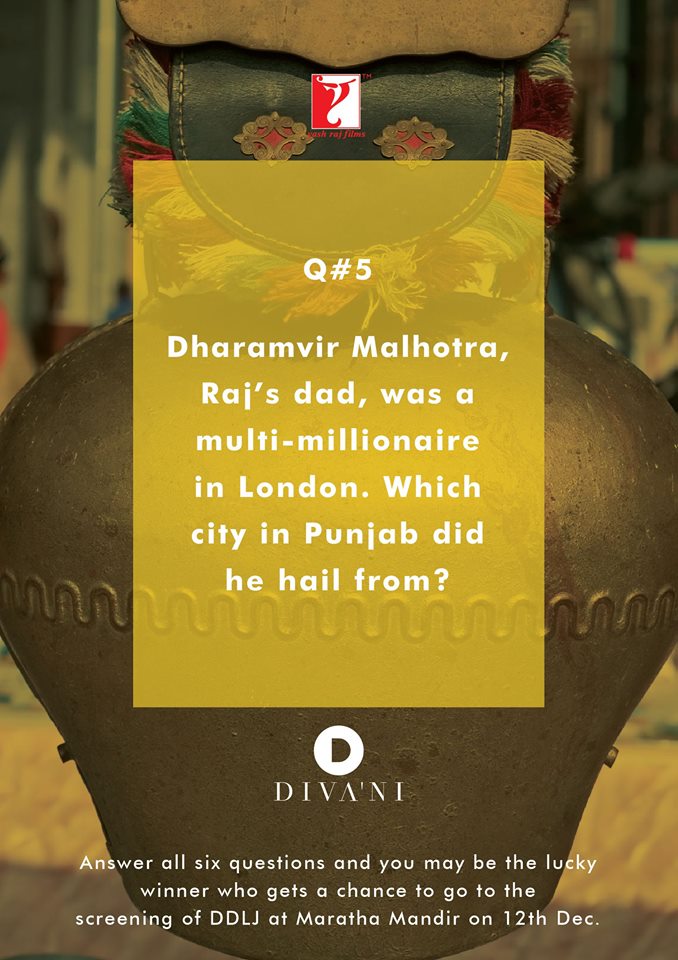
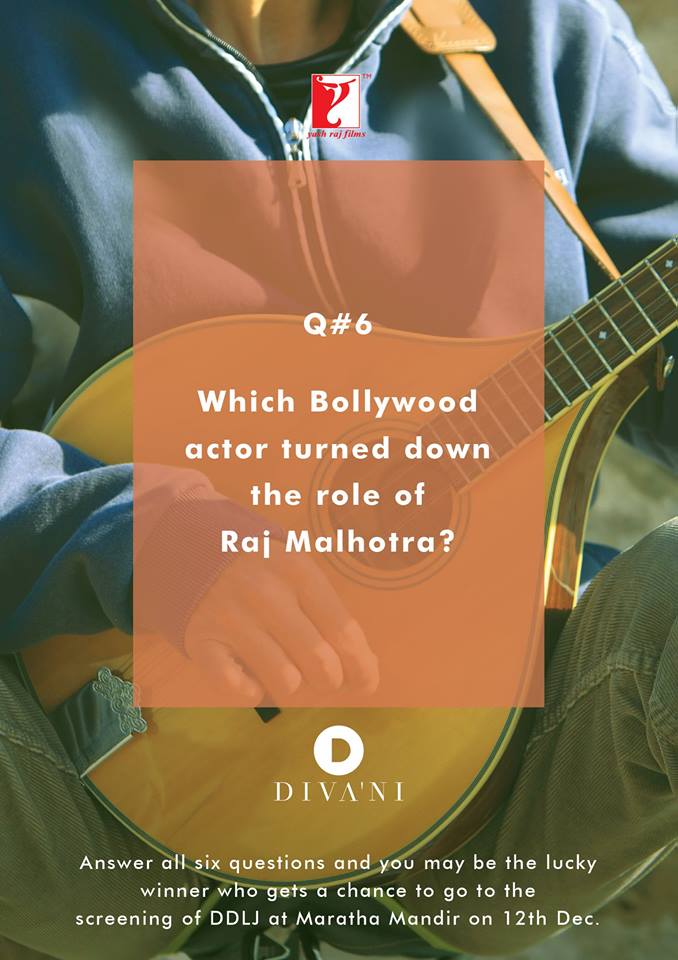
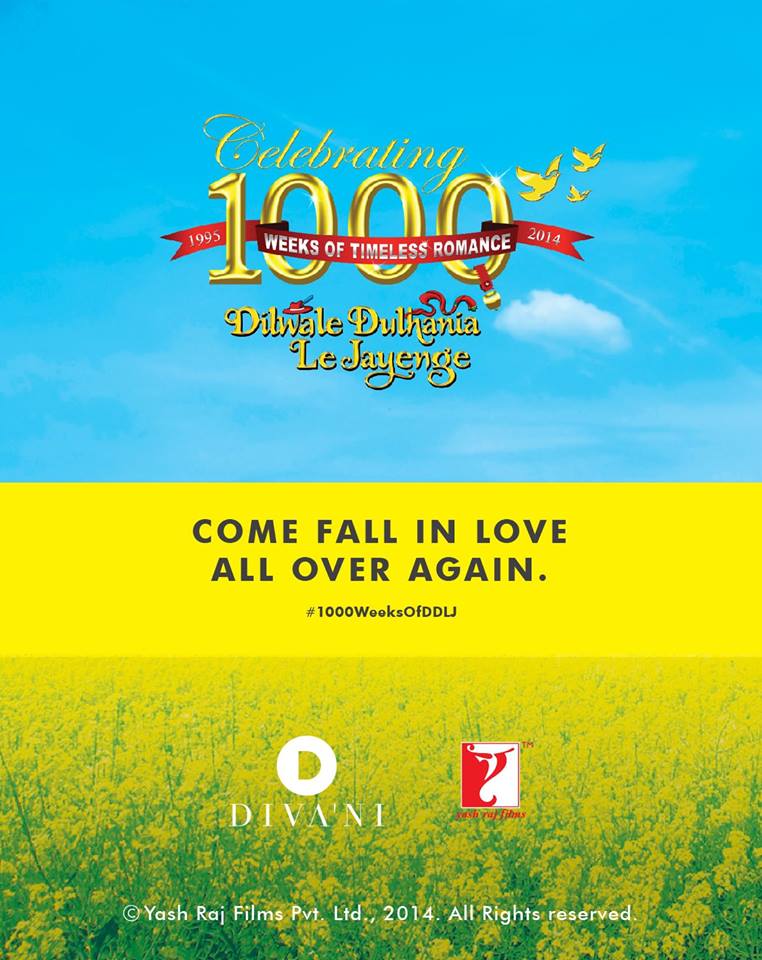
Leave a Reply